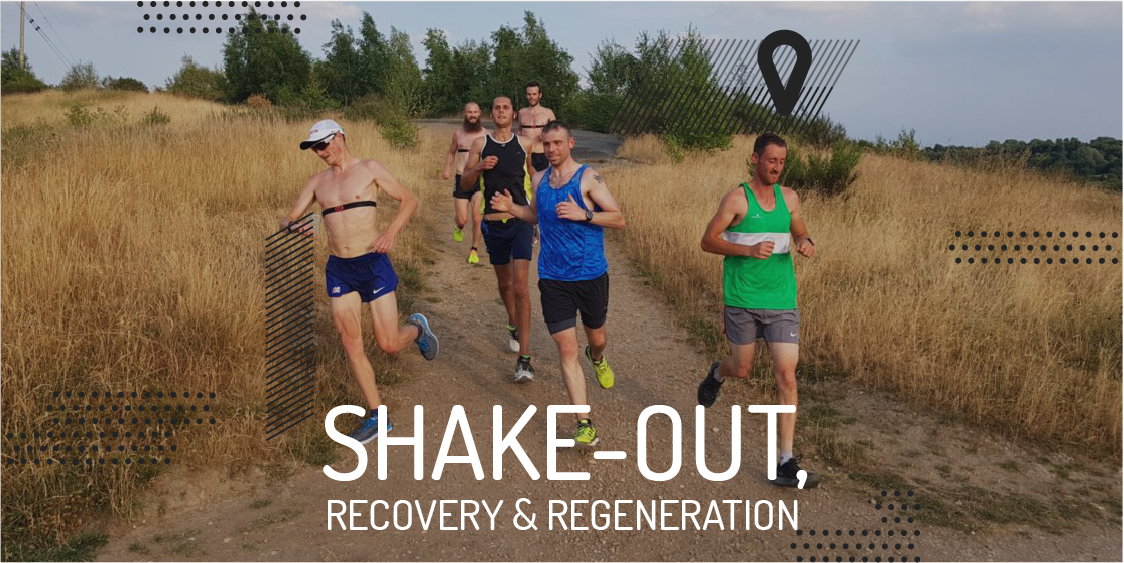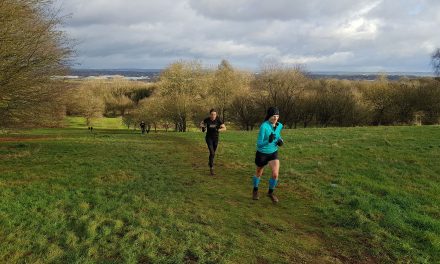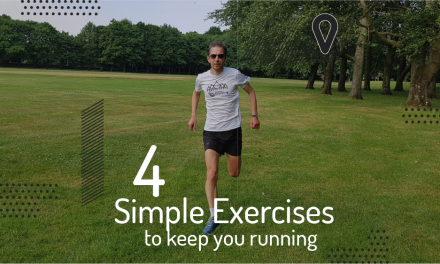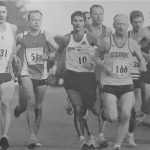Anyone can train hard, but to guarantee you get the full benefit of your hard work easy running at the right time is absolutely essential. Shake-out, recovery and regeneration runs therefore all have their place in any serious runners training programme. This guidance note takes you through them.
Shake-out runs:
The shake-out is a very short easy run a few hours before a race or really hard training session. The purpose is to gently wake up the muscles and cardio-vascular system ready for the harder effort to come. It may also help to calm your pre-race nerves. The benefits of doing this may last for up to 12 hours. You can feel dreadful at the start of a shake-out run, even at the end of one too, but you will almost always feel better in your race or workout and perform more strongly as a result of doing one. Most runners that I have asked to try them have found them beneficial.
If you are doing a morning or afternoon race the shake-out run should be done before breakfast. If you are doing an evening race, before lunch may be better but in either case make sure you eat some easily digestible carbohydrates immediately following the shake-out run. This seems to have the effect of boosting your glycogen reserves to a higher level than if you haven’t run at all. If you are doing a very early morning race a shake-out run the day before may work for you too. Experiment with a few minor races to assess your individual response.
Ideally the duration of a shake-out run should be between 15 and 25 minutes – the less the better closer to a race. The perceived effort should feel very easy (breathing barely noticeable), and if you are monitoring heart rate you should stay under 70% of maximum. Try to run with your normal easy running technique rather than jog. A few short strides at the end are optional – again experiment to find the best practice for you.
Recovery runs:
A recovery run is a short easy run that will help you to recover better after a demanding race, workout or long run It does this by gently flushing your damaged muscles with oxygen rich blood and helping to remove waste products. Recovery doesn’t just apply to leg muscles. Extended periods of maximum effort may also have fatigued the heart muscle. Keeping a recovery run purposefully short and easy also allows the body to restore your glycogen fuel levels in both the muscles and the liver whilst still maintaining some training effect, especially if tied closely to effective recovery nutrition. In fact recovery running will encourage super-compensation, i.e. a rebound up to an even higher level of fitness if used correctly.
The ideal recovery run should be between 20 and 45 minutes, and preferably not more than an hour. The purpose is to help you recover, not make you even more tired. For runners on higher training volumes a double short easy recovery run day will certainly work more effectively than a single longer run. The perceived effort should feel really easy (breathing barely noticeable), and if you are monitoring heart rate you should stay under 70% of maximum. However it is also important to try and run with your normal easy running technique rather than jog. Running with poor technique may have a negative impact on your running economy and actually increase the risk of injury.
If your legs are very sore even a very low effort level may not feel comfortable, but persevere if you can. If you are so fatigued that you are reduced to a slow jog or shuffle it usually makes more sense to rest completely for another day or two, or use an alternative to running such as cycling or swimming. Similar short duration and low effort rules should be applied to those activities and before returning to normal training an easy short recovery type run is recommended to get your running technique working properly again.
After a maximum effort race of 10k or more, a recommended time-scale before returning to normal training is 1 day for every 2 miles raced. So after a Sunday 10k road race ideally you would wait until at least Wednesday before training hard again. After particularly long hard races such as a marathon or an ultra-race, a number of days of full rest may be required before returning through lower impact activities such as walking, cycling and swimming, before easy recovery type runs and finally back to normal training. Even intensive races of 5k or less will benefit from at least one recovery run although this could be in the afternoon following a morning race, or the next morning, before returning to a normal training pattern within 48 hours.
Ideally most hard runners should do a recovery run on the Sunday after a hard Saturday race too and leave their long slow run until Monday or Tuesday. But in practice for many working week day time limitations means they have to do their long run on a Sunday. This makes a recovery run day on the Monday even more important.
Regeneration runs:
During a period of frequent high intensity racing or training with a big proportion of anaerobic work without enough aerobic running top-ups, middle distance track runners in particular will start to lose aerobic endurance. But any runner who does an intensive training block with lots of high intensity repetition and interval running will notice this if they push on their limits for too long. This will show itself through a drop off in performances even over short distances and increased levels of fatigue generally despite rest days and the increased use of shorter recovery runs. If carried on too long this approach will lead to over-training and eventual burn-out.
Before you get to this stage do a very easy effort long run of 2 hours or more staying below 70% maximum heart rate throughout to restart your fat burning aerobic energy system, i.e. not much more than jogging effort, and much easier than your standard long run effort. In some cases a long bike ride or hike at a similar effort level may also do the same trick. Allow a day afterwards for rest and a short easy recovery run, and eat additional carbohydrates to refuel your glycogen fuel system, and you should be much stronger aerobically afterwards and ready for more hard racing and / or training. During the track racing season doing a regeneration run once every 2-3 weeks will help to maintain your form for much longer than just doing intensive shorter sustained runs.
This approach is frequently used by Kenyan elite runners during intensive blocks of training and hard racing. It was also an approach that was more common in the past. Sidney Wooderson, World Record holder for the mile in 1937, did regular long Sunday walks from 3-6 hours after shorter more intensive workouts during the week. And Roger Bannister did a week of hill walking before the first sub 4 minute mile with the specific purpose of resetting his aerobic system for the big effort after a long period of intensive low volume interval training.
If you have a question or need additional advice, or you want to give me feedback on how this advice worked (or didn’t) work for you, please don’t hesitate to contact me
All content in this article copyright of High Performance Runner 2019











